The Two Towers
Image: Disney
Even the landmarks from Disney-MGM Studios and Disney’s Hollywood Studios have suffered from the MGM curse. In 2016, park planners tore down the pointless Earffel Tower. The original landmark denoting the third gate was supposed to stand as its answer to Cinderella Castle at Magic Kingdom and Spaceship Earth at Epcot. That structure, the Earffel Tower, doesn’t even exist at Walt Disney World today. The 130-foot tall construct was a replica of the original one at Walt Disney Studios in Burbank, California. And the water tower didn’t even contain water!
The primary purpose of the Earffel Tower was to provide a distant visual of the park. It also functioned as a highlight of the Studio Backlot Tour. Once that attraction closed in 2014, the landmark seemed like a waste of space. In its absence, The Great Movie Ride is now the only opening day attraction from Disney-MGM Studios that still exists today.
Part of the reason that the Earffel Tower diminished in importance was the arrival of the Sorcerer’s Hat in 2001. The iconic accessory debuted in The Sorcerer’s Apprentice segment of Fantasia. More than 60 years later, Disney constructed a 122-feet tall representation of it as the new “face” of Disney-MGM Studios. People hated the new landmark. I cannot stress this point enough. Personally, I always thought it was kind of cool, as I’m a huge fan of Fantasia. Over the years, I discovered that the quickest way to pick a fight in a Disney online community was to praise the hat.
Why a giant blue hat caused such animus among theme park tourists is up for speculation. What we know for certain is that Disney eventually ceded to the vocal majority on the topic. In 2015, 14 years after its arrival, a construction crew started to take the hat apart piece by piece. You can watch a time lapse video of the process here. It’s a sad turn of events for the second potential Disney landmark at their third Walt Disney World gate.
Image: Disney
If you’re scoring at home, Disney-MGM Studios started with two attractions in 1989. Over the years, they’ve had two primary landmarks, not counting the recreation of the Chinese Theatre at The Great Movie Ride. Out of those four major endeavors, exactly one lasts today. Amusingly, it too has ties to Ted Turner. In the aftermath of Turner’s MGM acquisition and resale, he controlled the rights to Warner Bros. films created prior to 1959 and MGM films released prior to May of 1986, the point of (second) sale for the corporation. Turner capitalized on his new media library by launching Turner Classic Movies (TCM), a staple of cable television since 1994.
In 2014, Turner’s business bravado once again led to a business relationship with The Walt Disney Company. TCM licensed new content for The Great Movie Ride, which had recently turned 25 years old. In exchange, TCM would receive endorsements throughout the pavilion as well as sponsorship credit for the ride. Accredited TCM host Robert Osborne lords over the proceedings as the host whose disembodied voice provides narration. Through this strategy, Disney managed to reinvigorate the lone remaining original attraction from Disney-MGM Studios.
The bigger change occurred a few years prior, though. Even before the two landmarks were taken apart, Disney park planners finally acknowledged the obvious. The ugly mess caused by the infamous legal battle with MGM left the third gate in turmoil. Guests subconsciously associated it with failure and chaos. In an attempt to remove the stigma of the name, Disney dropped MGM from the name in January of 2008. Even this proactive move failed to redeem the reputation of the park, though. Instead, a popular weekend event triggered the events that have placed Disney’s Hollywood Studios on its current trajectory.
The Four-Billion Dollar Man and his universe
Image: Disney
Disney employees always enjoyed a warm relationship with George Lucas, the creator of the Star Wars franchise. Coincidentally, this union began around the time that Disney Imagineers started to plan the next Walt Disney World gate during the mid-1980s. Lucas interacted with Imagineers on a concept that eventually evolved into Star Tours. It quickly became one of the most popular attractions at each Disney park that hosted a version.
One of those locations was Disney’s Hollywood Studios. The first iteration of Star Tours began there in 1989 and lasted until September of 2010. At that point, its replacement was ready. That sequel known as Star Tours – The Adventure Continues stands as one of the most brilliant ride designs in motion simulator history. That’s due to the fact that each ride is variable with more than 100 permutations possible as of late 2015.
Lucas loved the ride and relished his relationship with Disney. He believed that they were the one movie studio that loved and respected cinema the way that he did. In 2012, Lucas sold LucasFilm to Disney for $4 billion. The rest is box office history as the release of Star Wars: The Force Awakens shattered virtually every major box office record in existence. The transaction also had a major impact on Disney’s Parks and Resorts division.
Starting in 1997, the Mouse House held Star Wars weekends wherein they encouraged fans of the movie franchise to visit Disney’s Hollywood Studios. During these events, actors from the movie would appear, and cast members would portray characters from what was then a trilogy. They’d also dress up in new costumes that placed iconic Disney characters in Jedi outfits. It was a cosplayer’s dream.
Since the third gate rarely enjoyed huge attendance numbers relative to Epcot and Magic Kingdom, it was the perfect location to host these weekends. By 2003, Disney understood that they had a hit on their hands. Star Wars Weekends were spurring traffic spikes at Disney’s Hollywood Studios. Park planners correctly decided to make them an annual event, and anyone who has ever attended can verify that the difference in attendance is dramatic. As has always been the case, Star Wars is a huge money maker in virtually every form. The Star Wars Weekends concept quickly became the most popular time on the calendar for the third gate outside of The Osborne Family Spectacle of Lights. For years, rumors abounded that Disney was considering a larger Star Wars presence, and the home of Star Wars Weekends made the most sense.
Wizards versus Jedi
Perhaps nothing would have come from this rumor if not for the longstanding paranoia Disney felt toward Universal Studios. Logically, no reason existed for this fear. Since the introduction of Universal Studios Florida, that park had barely caused a ripple in the theme park industry. In 2009, the third and fourth gates at Walt Disney World earned 9.7 million and 9.6 million in attendance. Universal Studios Florida only garnered 5.5 million.
The inability to bleed market share from Walt Disney World is precisely why Universal execs were willing to do something daring. They agreed to a contract with J.K. Rowling that Disney wouldn’t. In the process, the Wizarding World of Harry Potter came to central Florida, thereby fundamentally altering the history of many theme parks across the world. Disney wasn’t about to build an entire area for an intellectual property they didn’t own, no matter how child-friendly it was. Universal had every reason to do so. And that’s how competition can change everything.
Fast forward to the end of 2015. Universal Studios Florida now has attendance of 9.6 million whereas Disney’s Hollywood Studios is at 10.8 million. One grew by more than four million tickets sold in six years. The only managed barely a quarter of that. Disney execs recognized their mistake. They’d rested on their laurels for too long, and the worst had happened. A theme park that wasn’t one of theirs had become the most innovative and daring.
Anyone can connect the dots from there. Disney witnessed the appeal of a themed expansion land focused on a specific intellectual property. They saw it spike sales and draw newfound attendants to a previously barren park. They watched revenue increase dramatically. And the worst part was that it happened to a competitor in the industry instead of them.
Combine all of these facts with the recent acquisition of Lucasfilm. Disney now possessed a franchise that (arguably) exceeded Harry Potter in global popularity. They owned a Walt Disney World gate that had maintained a strange existence as a half-day park for a quarter-century. And they watched with horror as a rival turned a concept they’d rejected into a complete, viable business model.
One of the engrossing aspects of Hollywood history is that studio bosses are always stirring up controversy. They go to war with one another in awkward power plays that frequently cause more harm than good to both parties. In the case of Disney’s Hollywood Studios, it’s fallen victim to such conflicts since even before its inception.
First, Disney’s paranoia over a new Universal Studios theme park in Florida led to the genesis of the third gate. Then, a questionable business decision by Ted Turner caused so many rifts at MGM that former and current employees of the company suffered from the ramifications for years afterward. Then, some of the new MGM corporate execs resented and lamented the existing contract for Disney-MGM Studios, which had yet to debut. They chose to renege on the deal, letting the court system decide the fate of the park.
Image: Disney
All of these issues fostered a negative stigma about the park. Even Disney cast members questioned how many resources they should invest in such a troubled project. When they did choose signature landmarks for their third Walt Disney World gate, those ideas were flawed and generally disliked. Even the one great idea that has served as the backbone of the park over the years, The Great Movie Ride, suffered due to the corporate war between Disney and MGM. Eventually, the man who accidentally started the feud, Ted Turner, unintentionally became a solution to one of the problems.
Still, Disney’s Hollywood Studios would continue to exist in a strange sort of half-life if not for an attraction called Star Tours. It built a relationship between Disney and George Lucas that eventually expanded into a popular getaway known as Star Wars Weekends. From there, Lucas developed enough trust in Disney as a business that he sold his life’s work to them. This single business investment of $4 billion might prove itself as the saving grace of Disney’s Hollywood Studios, which will finally evolve into a full-day park in coming years.
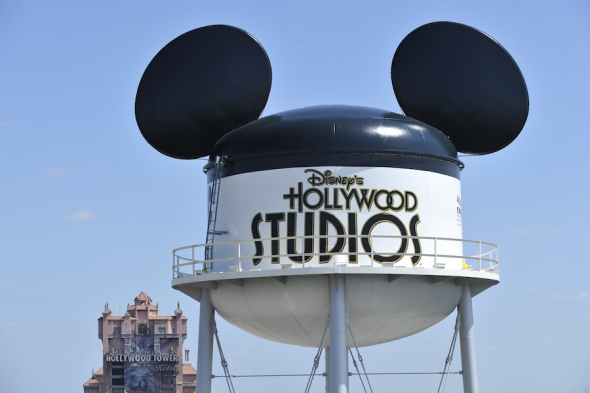
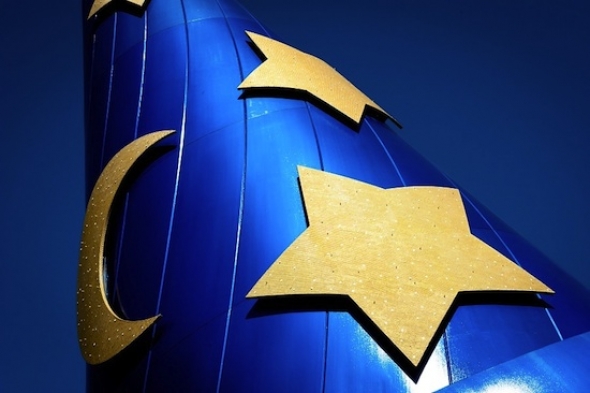
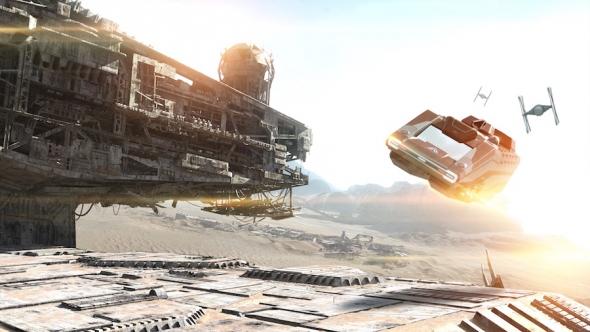
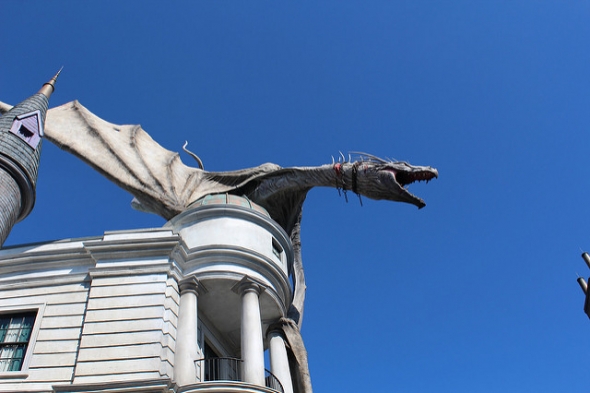
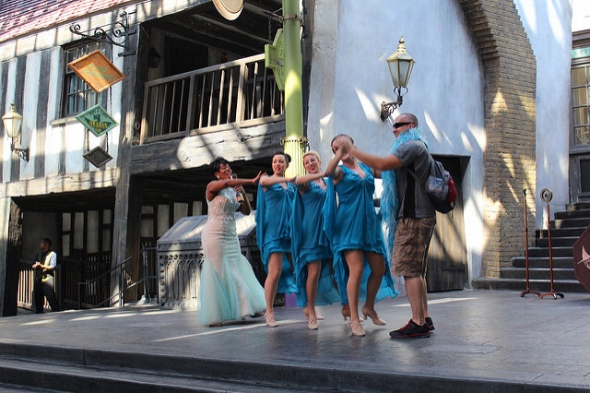
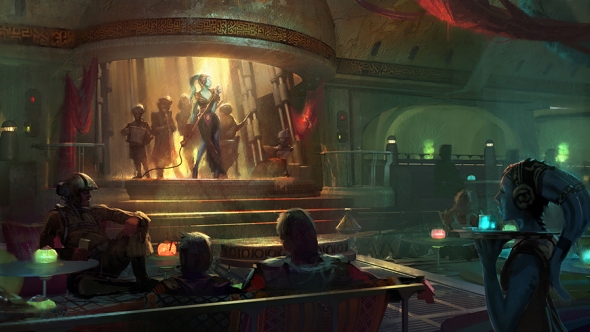

Comments
LOVE HOLLYWOOD STUDIOS! Three of the best rides at Disney are at HS... Tower of Terror, Rock-n- Rollercoaster, and Toy Story, Mania. Would have included Star Tours but it's so short. The other Star Wars attractions are great too. My family has always loved HS it's the highlight of our trips to Disney.
another great article! this site is amazing!
having recently visited both hollywood studios & WWoHP, it is easy to see how disney influenced universal in development as WWoHP really stands out as a full-concept and exceptionally detailed area compared to the rest of universal (which is more of a traditional amusement park). I hope that disney's new star wars and the other lands help flesh out hollywood studios as it is lacking and disjointed compared to their other parks.